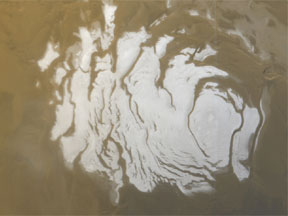This image shows the southern polar ice cap on Mars. White areas are ice that exists throughout the year. The ice includes a large deposit of water ice topped by a thinner layer of dry ice (frozen carbon dioxide). The southern ice cap is about 420 km (260 miles) across from left to right in this image. This image, captured by the Mars Global Surveyor orbiter in April 2000, shows the South Pole during the Martian summer season. In the winter, the entire area shown in this image would be covered with dry ice.
Click on image for full size
Image courtesy of NASA/JPL/Malin Space Science Systems.
The South Pole of Mars
The Martian South Pole was first imaged by Mariner 7. The south polar region is part of the highlands of Mars, consisting of old, cratered terrain, and other interesting geologic features. The Mariner image shows the polar caps and a mosaic of some of these features, including: dunefields, the polar ice cap, layered terrain, places where water apparently once flowed, and the proposed landing site for the Mars '98 mission.
Martian global dust storms, an important feature of the Martian atmosphere, always seem to start in the south polar region. The region is important for understanding the overall climate and weather patterns of Mars and which is why the Mars '98 mission was supposed to explore this region.
You might also be interested in:

How did life evolve on Earth? The answer to this question can help us understand our past and prepare for our future. Although evolution provides credible and reliable answers, polls show that many people turn away from science, seeking other explanations with which they are more comfortable.
...more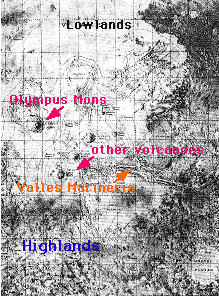
The surface of Mars can be broken into two main regions: highlands and lowlands. The highlands are in the southern hemisphere (the bottom of the figure), and the lowlands are in the northern hemisphere
...more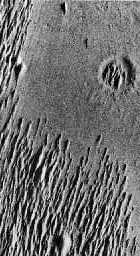
This is an example of the dunefields of Mars. The image was taken by Mariner 9. They are located in the southern hemisphere. They are evidence of planetary resurfacing by winds. Sand dunes were also seen
...more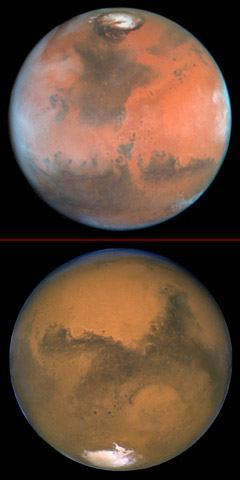
The North and South Poles on Mars are similar to the polar regions on Earth in many ways. They are the coldest places on the planet, with wintertime temperatures dipping to a frigid -150° C (about -238°
...more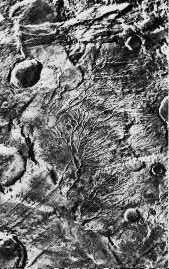
There is plenty of evidence for running water on Mars. But this evidence suggests that the nature of flowing water on Mars is nothing like it's terrestrial analog. The evidence is in the form of: large,
...more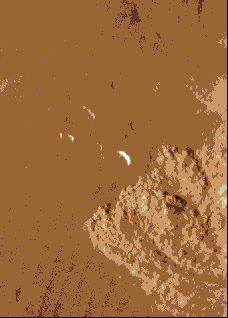
This image shows a local dust storm near the edge of the south polar cap. Viewing of this image at high resolution is recommended. This fascinating image shows dust swirling over a large area. Martian
...more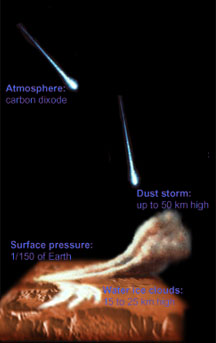
The atmosphere of Mars is much thinner than that of Earth, with a surface pressure averaging 1/100th that at the surface of the Earth. Surface temperatures range from -113oC at the winter pole to 0oC
...more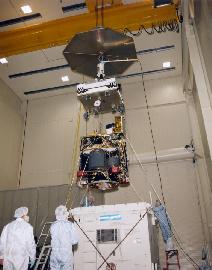
The Mars '98 mission was designed to be a study of Martian climate, weather, and surface properties at the Martian south pole. Mars '98 was supposed to build upon the discoveries of the Mars Pathfinder
...more


